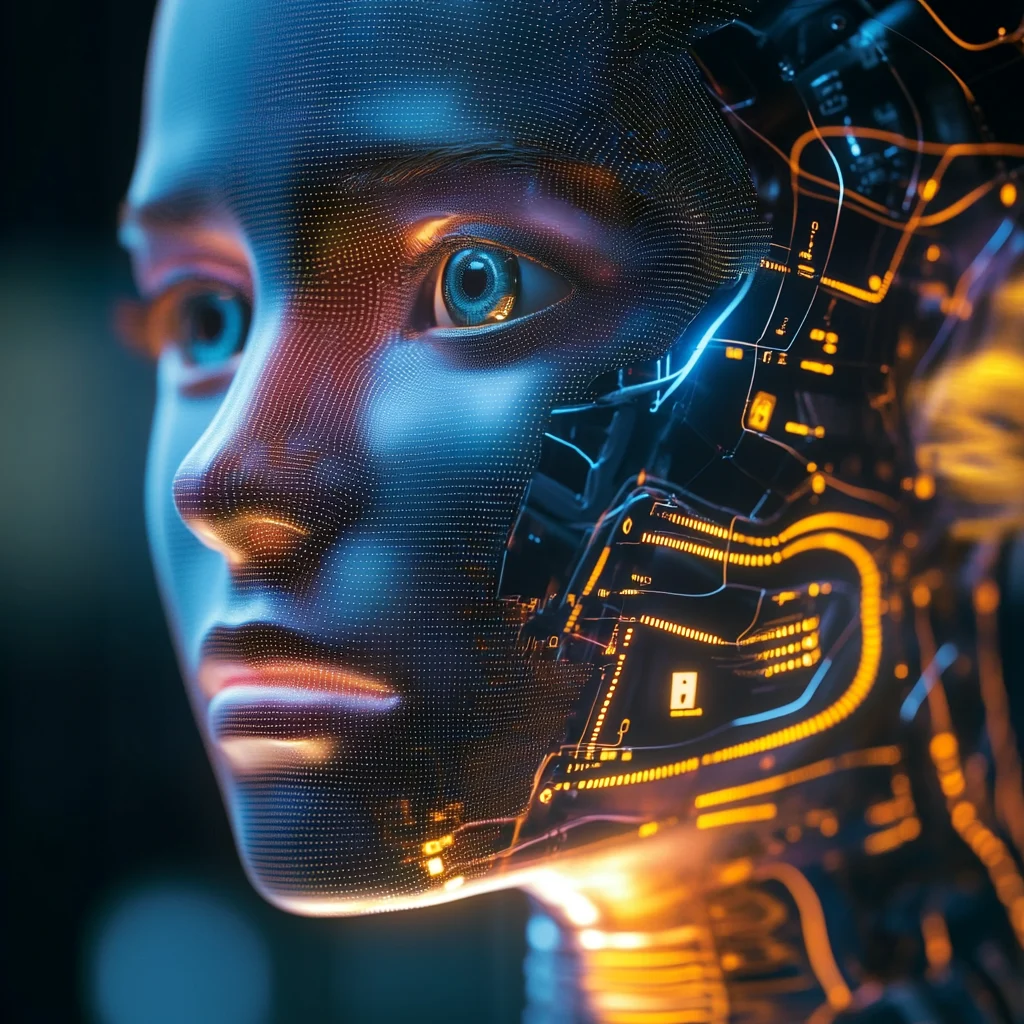The explosion of generative AI—particularly tools like ChatGPT—has opened up powerful opportunities for entrepreneurs, educators, creators, and business owners. One of the most game-changing features? The ability to train or tailor ChatGPT using your own content.
In this article, we’ll break down how this process works, how it differs from traditional AI training, and how you can use it to create hyper-personalized output for your brand or business.
Can You Actually Train ChatGPT?
Technically speaking, ChatGPT itself isn’t retrained on your content—that process would require massive computing power and extensive infrastructure. However, you can fine-tune its behavior and guide its responses using your content in several effective ways:
- Prompt engineering
- Embedding your data into a vector database
- Using API tools for context-aware queries
- Custom GPTs and assistants trained on specific files or URLs
Let’s unpack each approach.
1. Fine-Tuning vs. Contextual Customization
| Type | Description | Best For |
| Fine-tuning | Updating the model weights using your data (requires OpenAI API access) | Enterprise-level needs |
| Contextual customization | Feeding the model your content as part of the prompt | Most small businesses and creators |
For most people, contextual customization is more accessible and practical.
2. Using Your Content to Shape ChatGPT Responses
Even without deep technical skills, you can “train” ChatGPT to behave as if it knows your content intimately. Here’s how:
A. Prompt Engineering
You can input your blog posts, product descriptions, lesson outlines, FAQs, or entire documents directly in your prompt. ChatGPT uses this information to generate content in your voice and with your structure.
Example:
“Here is our brand’s content style guide and value proposition. Use this to write a product description for our new digital planner.”
B. Embedding with a Vector Database
For advanced users or developers:
- You convert your content (e.g., web pages, PDFs, help docs) into embeddings (numerical representations).
- These are stored in a vector database (like Pinecone or Weaviate).
- When users ask a question, the system fetches relevant chunks and sends them with the prompt.
Benefit: ChatGPT can respond like it has full access to your knowledge base.
C. Custom GPTs & Assistants
If you’re using OpenAI’s ChatGPT Plus or API:
- You can create a Custom GPT that includes your files or URLs.
- It will reference your uploaded materials to generate consistent responses.
- Great for customer service bots, internal tools, or branded assistants.
3. What Kind of Content Should You Use?
To get high-quality, brand-aligned output from ChatGPT, feed it:
- Your website copy and brand messaging
- Past blog posts or articles
- Product/service descriptions
- Email templates and tone guidelines
- Course outlines, lesson materials, or FAQs
The more consistent and focused the content, the better ChatGPT can mimic your tone and structure.
4. Real-World Use Cases
For Business Owners
Generate landing pages, newsletters, and sales emails using your own style and product knowledge.
For Course Creators
Develop quizzes, lesson summaries, or personalized student feedback based on your course content.
For Marketers
Create ad copy, social captions, or blog outlines that stay true to your brand voice.
For Developers
Use embeddings or APIs to build smart chatbots that reference your own documentation or knowledge base.
5. Bonus: Consistency Over Time
If you’re using ChatGPT regularly for your brand, consider saving key content (brand voice, taglines, product info) into reusable prompt templates or embedding frameworks. This makes it easy to replicate quality outputs again and again.
While you can’t rewrite ChatGPT’s neural network directly, you can absolutely train it to behave like it knows your business inside and out. Whether through simple prompt engineering or advanced API setups, ChatGPT becomes far more powerful when you put your content in the driver’s seat.
It’s not just about automation—it’s about amplifying your voice with AI that understands your brand.

FAQ: Training ChatGPT with Your Content
1. Can I train ChatGPT with my own content?
You can’t retrain ChatGPT in the traditional sense, but you can guide it to produce content that reflects your brand, style, and information by supplying relevant content in your prompts or using advanced customization tools.
2. What’s the difference between training and customization?
- Training involves modifying the model’s internal weights (usually done by AI engineers).
- Customization means providing your content as context during use, guiding ChatGPT to behave as if it “knows” your brand.
3. What methods can I use to personalize ChatGPT for my business?
- Prompt engineering (feed your content into the prompt)
- Custom GPTs (upload your files via ChatGPT Plus)
- Embeddings & vector databases (for developers)
- Custom instructions (set brand tone and goals inside ChatGPT’s settings)
4. What kind of content should I use to train or guide ChatGPT?
- Blog posts
- Product descriptions
- Style guides
- Course material
- Customer FAQs
- Email templates
Any consistent, well-written content that reflects your tone, message, or knowledge is useful.
5. Do I need technical skills to do this?
No! You can start by simply pasting your content into ChatGPT’s prompt. For more advanced setups (like embedding your data), you might need developer support or third-party tools.
6. Can I upload documents directly to ChatGPT?
Yes—if you’re using a Custom GPT (ChatGPT Plus), you can upload PDFs, TXT, DOCX, and more. ChatGPT will then reference those files to answer questions or generate content aligned with them.
7. How accurate will the AI be with my content?
The accuracy improves with:
- Clear, well-organized content
- Enough examples
- Consistent tone and style
The AI won’t be perfect but can get impressively close with the right input.
8. Can I use ChatGPT to create customer support bots using my site content?
Yes. By embedding your site content into a vector database and using it with ChatGPT via API, you can build support bots that answer customer questions using your own knowledge base.
9. Is there a risk of ChatGPT forgetting my content mid-session?
If you paste content into the prompt, it’s session-based and may be forgotten over long interactions. To prevent this:
- Use Custom GPTs or embeddings for more persistent memory
- Keep prompts short and focused for better retention
10. What tools or platforms help with this process?
- OpenAI Custom GPTs
- Zapier + ChatGPT for workflow automation
- Pinecone or Weaviate for embeddings and retrieval
- Chatbase, Botpress, or similar platforms for chatbot integration
Subscribe to our Newsletter for Posts, Updates and More.











Leave a Reply